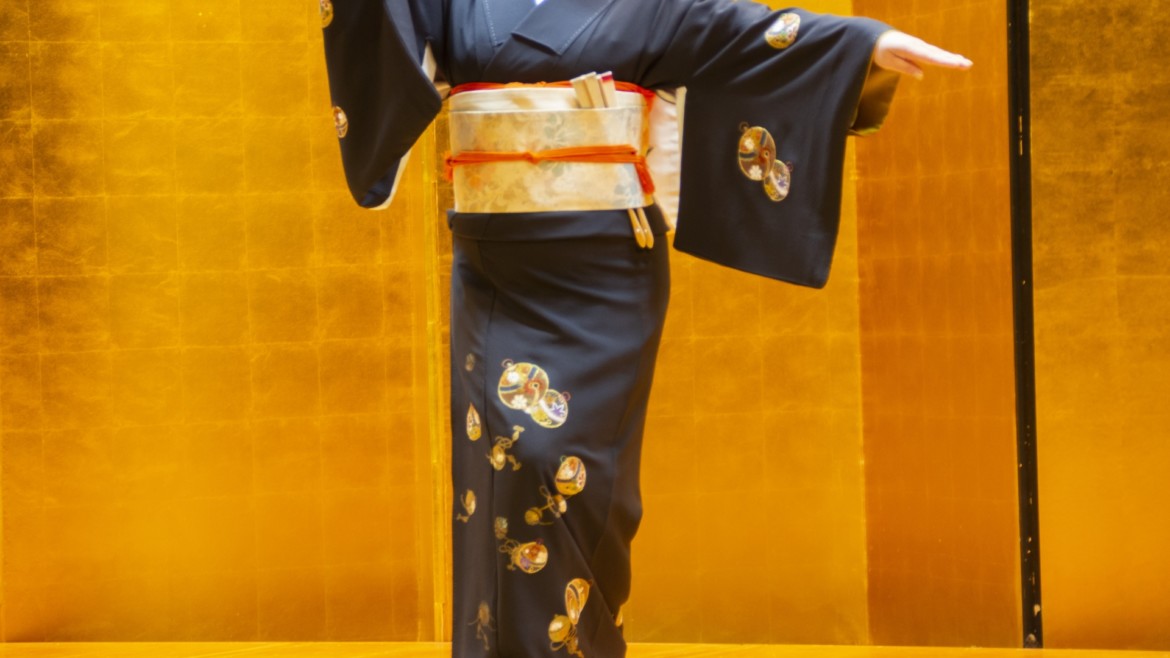A geisha is a woman trained in traditional Japanese performing arts. While entertaining guests, geishas sing, dance, and play traditional Japanese musical instruments such as the shamisen and the koto.
The music of the geisha is based on classical Japanese music and folk songs and has been influenced by gagaku (court music) and noh music.
◇Characteristics of geisha music
Geisha music is primarily performed by small ensembles centered around the shamisen. The shamisen accompanies the geisha when she sings. Besides the shamisen, string instruments like the koto and kokyu, wind instruments like flutes and the shakuhachi, and percussion instruments like drums are used.
They utilize the unique timbre and fluctuations of traditional instruments for rich emotional expression.
◇Types of geisha music
There are various types of music performed by geishas.
Notable examples include:
①Nagauta
Nagauta, developed during the Edo period, is the music used in kabuki theater and puppet joruri performances.
The name “nagauta” literally means “long song” and comes from its lengthy and complex structure. It’s performed with a large, low-pitched specialized shamisen called “nagauta shamisen” and drums.
Geishas bring to life a glamorous world for their guests through singing and dancing to nagauta.
②Kiyomoto
Kiyomoto, also developed during the Edo period, is used in kabuki and puppet joruri performances.
The name “kiyomoto” derives from its founder, Kiyomoto Enjudayu.
It’s performed using a small, high-pitched specialized shamisen called “kiyomoto shamisen” and drums.
Kiyomoto has a more cheerful and lively tone compared to nagauta and carries a more common touch.
Through singing and dancing to Kiyomoto, geishas create a joyful atmosphere for their guests.
③Tokiwazu
Tokiwazu, originating from the Edo period and used in kabuki and puppet joruri performances, is named after its founder, Tokiwazu Kurohyoe.
It’s performed using a medium-sized specialized shamisen called “tokiwazu shamisen” and a bamboo flute called “shinobue”.
Tokiwazu has a simpler, rustic tone, often depicting nature and customs.
Through singing and dancing to Tokiwazu, geishas evoke a serene mood in their guests.
④Jiuta
Jiuta, a popular music form from the Edo period, is named after regional folk songs and songs of the townspeople.
It’s performed using a small, high-pitched specialized shamisen called “jiuta shamisen” and drums, only the hand drum and foot drum.
Jiuta often revolves around themes like love or satire, filled with humor and irony.
Through singing and dancing to Jiuta, geishas entertain and move their guests.
The aforementioned are just some examples of geisha music.
Geisha music holds a significant place in Japanese traditional performing arts.
Geishas, recognizing this, continually hone their skills and knowledge through daily practice.



Leave a review